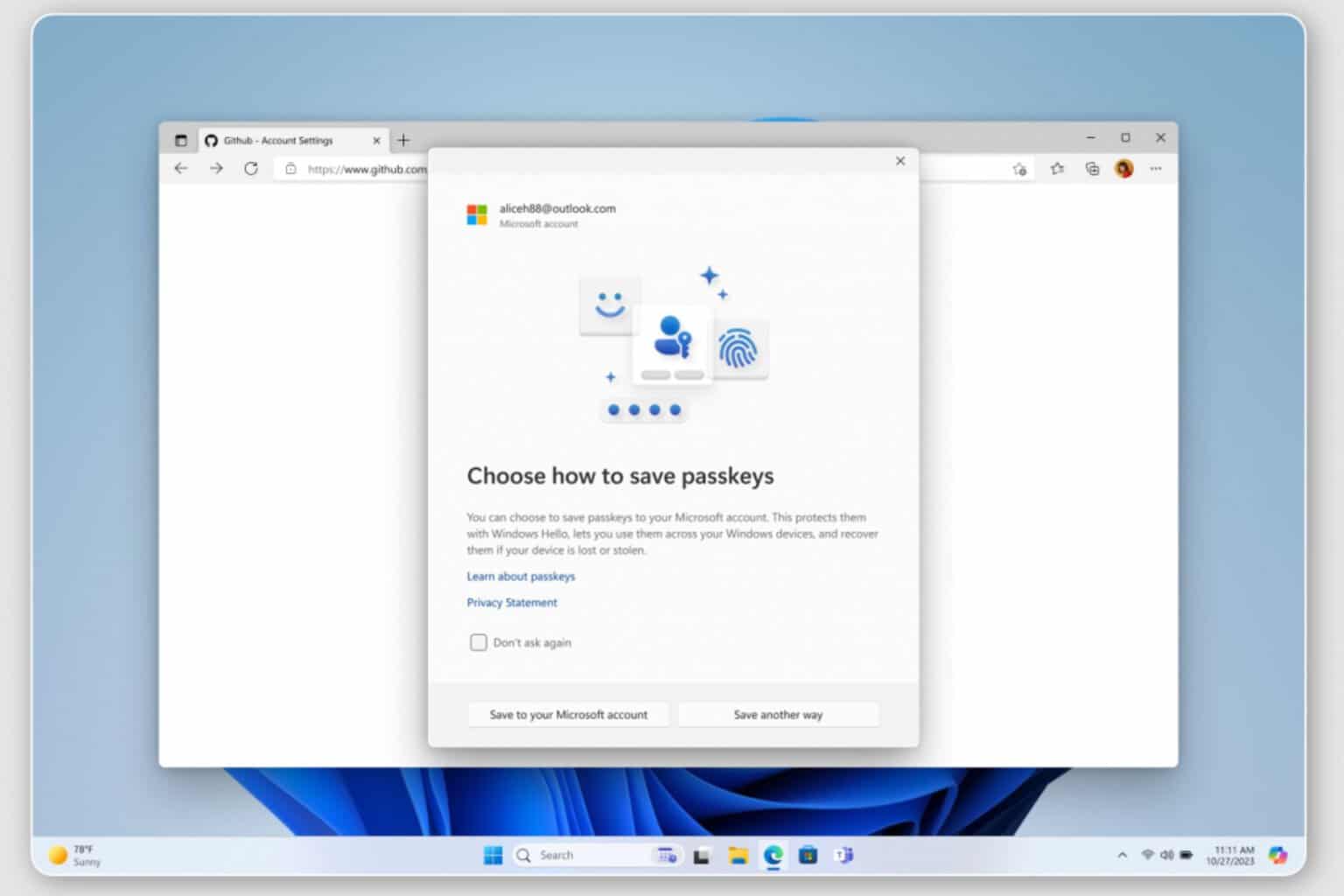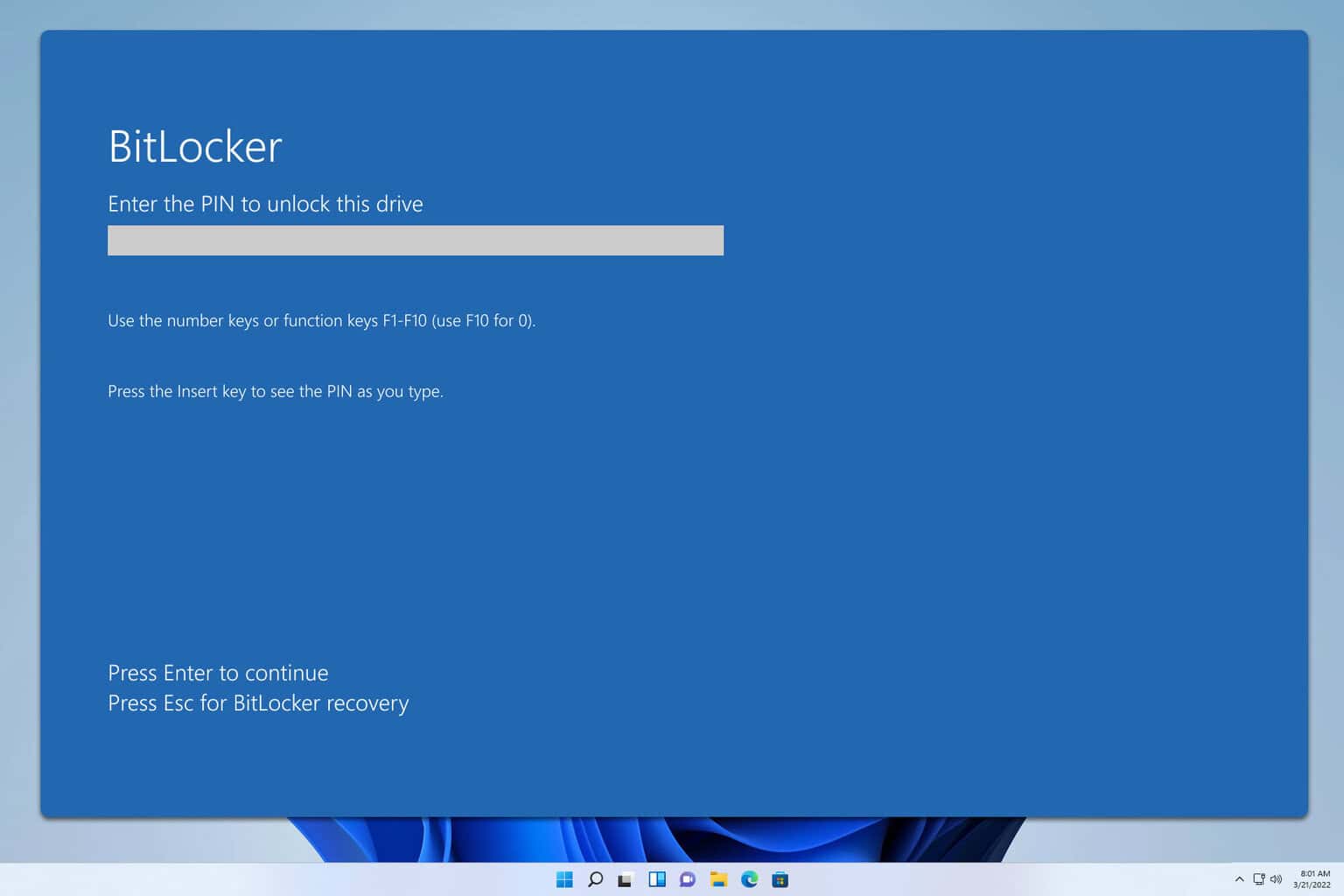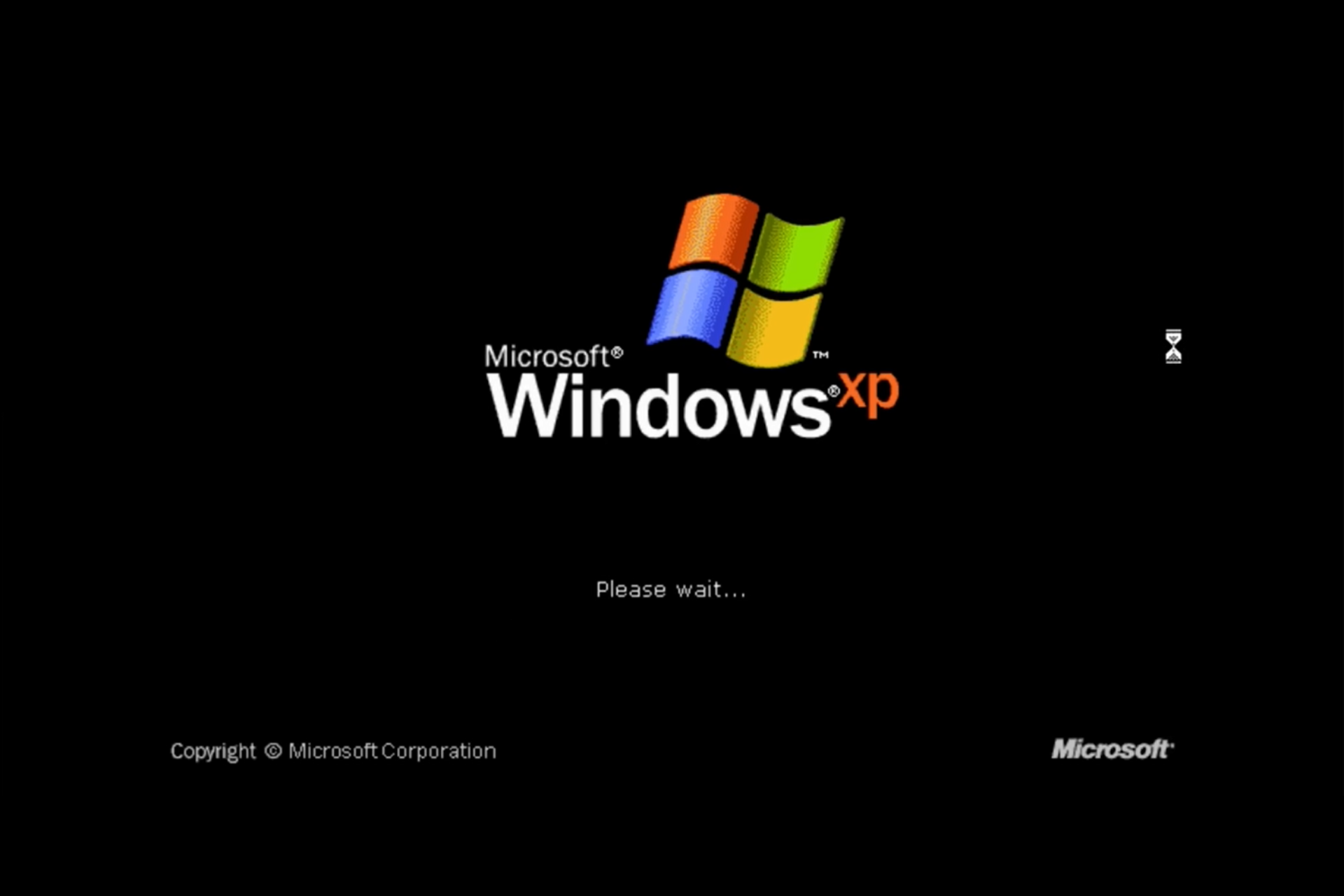Instagram's Made with AI wrongfully labels natural photos as AI-based
Apparently, editing your photos with Photoshop involves AI.
3 min. read
Published on
Read our disclosure page to find out how can you help Windows Report sustain the editorial team. Read more

Instagram’s new strategy of labeling pictures as Made with AI has created a lot of noise in photography. Imagine yourself as a photographer, feeling proud about your job, and then Instagram marks a “Made with AI” tag on each photo.
These are not random photos; they represent work you have carefully taken and possibly slightly edited using Adobe Photoshop’s AI-driven tools. As per Instagram’s head, Adam Mosseri, the tag is given based on the metadata within the image files.
It’s known that AI tools are used for various edits, even if they are harmless. But a big catch: this wide-ranging method has sparked an uproar.
Photographers are angry. They think this tag questions the genuineness of their work. They say there’s a big difference between making small changes and making something completely fake. But Instagram’s way of doing it now doesn’t seem to understand this difference.
The situation becomes even more complex. When real images created by AI also get the tag, viewers are confused about what is genuine and what isn’t. Ideas have been presented, such as separating “edited with AI” and “made with AI” tags or applying Adobe’s Content Credentials metadata to check the authenticity of real photos.
The disagreement highlights the difficulty in handling AI-created material. As AI instruments become better and more available, it gets harder to differentiate between genuine and false pictures.
Although well-naturedly intended, Instagram’s effort to address this problem has begun a conversation about how we should mark and recognize AI-generated content. Photographers are calling for a more nuanced and fair approach.
Managing AI content on the internet is not easy. Instagram analyzes image metadata to check if images are genuine or created by AI. However, users with knowledge can avoid this by putting up images without metadata, such as screenshots, making recognizing fake pictures more difficult.
At the same time, photographers utilizing Photoshop’s content-aware instruments for small changes encounter their work being wrongly labeled. This situation is not perfect, emphasizing how intricate the matter is.
Instagram’s binary tagging method is not very subtle because it only lets users choose one label. The difference between “edited with AI” and “made with AI” might answer this issue, giving a clearer picture of how much AI was used.
Historically, photographers have been manipulating images ever since photography began, but artificial intelligence introduces a fresh level of intricacy. The Generative Fill AI tools in Photoshop are taking big steps, somewhat removing the limits of possibility. This blurs the distinction between reality and artificiality.
Instagram’s “Made with AI” tag debate is about technology and relates to the concept of realness and innovation in our digitally functioning society.
In the coming time, it will be important to locate a middle ground where we appreciate photographers’ efforts and recognize AI’s contribution. Instagram’s task is to learn from feedback and adjust, steering this new landscape without devaluing genuine creativity.








User forum
0 messages